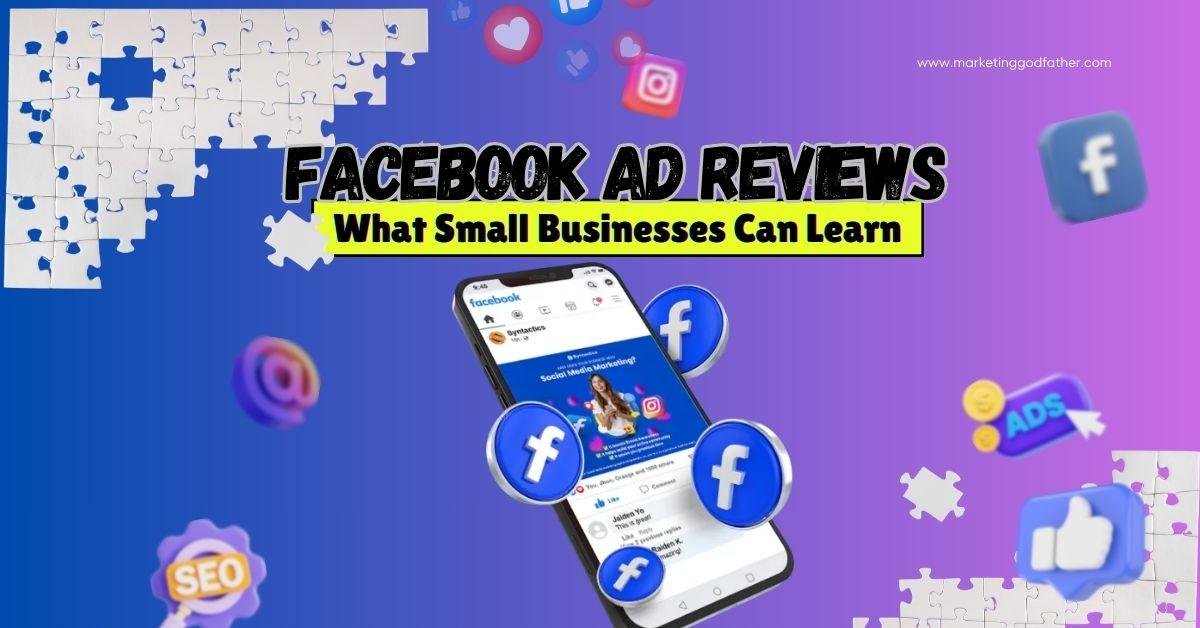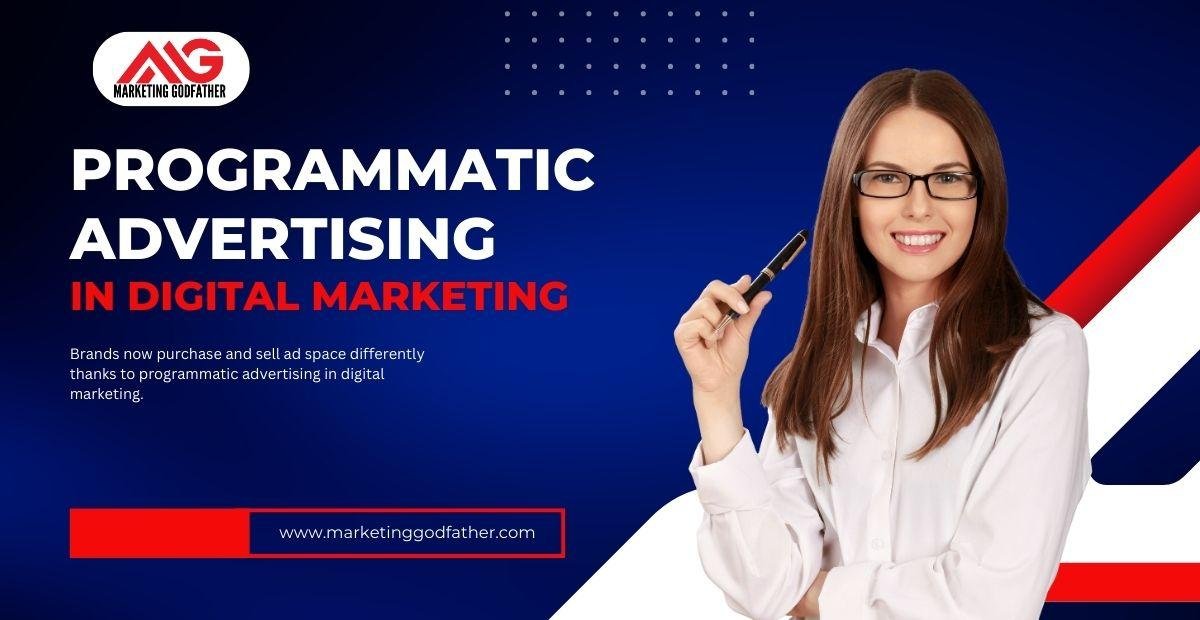INDIAN MARKETING BLUEPRINT BY CYNEXTGEN AREA – MEGHALAYA
The INDIAN MARKETING BLUEPRINT BY CYNEXTGEN AREA – MEGHALAYA highlights the growing opportunities for businesses in this scenic northeastern state. Known for its lush landscapes, tribal culture, and increasing urbanization, Meghalaya presents a youth-driven, digitally active market. Urban centers like Shillong, Tura, and Jowai are experiencing rising disposable incomes, making them ideal hubs for FMCG, lifestyle products, and mobile app campaigns. With a unique blend of tourism-driven consumption and traditional values, brands must align their strategies with local culture, festivals, and mobile-first trends to effectively capture audience attention. Meghalaya is witnessing a digital transformation with about 57% internet penetration, and smartphones have become the primary tool for accessing online content. The 18–35 age group dominates online engagement, spending significant time on platforms like YouTube, Facebook, Instagram, WhatsApp, and short-video apps like Moj and Josh. It makes digital campaigns, influencer collaborations, and short-form video content essential for brand visibility. Additionally, the state’s strong cultural identity means campaigns must be authentic, culturally sensitive, and festival-aligned to resonate with both locals and tourists. What Digital Platforms Are Driving Engagement in Meghalaya? Smartphone Penetration: 80% of the population primarily uses mobile devices for internet access. Top Platforms: YouTube: For entertainment, local news, and educational content. Facebook & Instagram: Ideal for influencer collaborations and lifestyle reels. WhatsApp: Popular among small businesses and for peer-to-peer promotions. The popularity of short videos and social commerce is particularly strong among youth, enabling brands to connect quickly and efficiently. What Drives FMCG Consumption in Meghalaya? Driver Insight Brand Opportunity Organic & Local Products High preference for Lakadong turmeric, oranges, and traditional foods Launch organic FMCG, herbal products, and local snacks Tourism & Festivals Shillong, Cherrapunjee, and Dawki attract domestic and international tourists; Wangala and Shad Suk Mynsiem festivals draw large crowds Travel kits, festival FMCG bundles, souvenirs Health & Wellness Trends Growing interest in immunity-boosting and herbal products Ayurvedic FMCG, herbal teas, wellness personal care Digital Adoption Youth shop online and interact with brands through social media Digital marketing campaigns, influencer promotions, e-commerce partnerships Consumer behavior in Meghalaya is heavily influenced by local traditions, festival seasons, and tourism, making these critical touchpoints for marketing campaigns. Which Market Segments Are Expanding Rapidly? Tourism & Hospitality: Rising domestic tourist inflow in Shillong and Cherrapunjee drives demand for travel-friendly FMCG and lifestyle products. Organic & Herbal Products: Consumer preference for natural and local products is growing steadily. Education & EdTech Apps: Students seek competitive exam preparation, online courses, and skill-based learning apps. Fashion & Lifestyle: Social media-savvy youth are adopting trends through Instagram and Facebook reels. Gaming & Entertainment Apps: Mobile gaming and entertainment consumption among young adults is increasing rapidly. Brands targeting these segments must combine localized storytelling, digital engagement, and festival-centric campaigns for optimal results. How Can Brands Enter Meghalaya’s Market Effectively? Use Local Language & Culture: Communicate in Khasi, Garo, and English to appeal to both locals and tourists. Collaborate with Influencers: Partner with local content creators for credibility and engagement. Festival Marketing: Align campaigns with Wangala, Shad Suk Mynsiem, and Christmas, which are peak buying periods. Mobile-First Strategy: Focus on short-form videos, reels, and mobile-based advertising for maximum reach. Tourism Integration: Develop targeted campaigns to increase product visibility for travelers visiting scenic locations. Understanding local culture, language, and festivals is key to building meaningful connections with Meghalaya’s audience. What Are Meghalaya’s Future Growth Prospects? Digital Expansion: Increasing internet penetration and smartphone adoption. Tourism-Led Consumption: Seasonal tourists drive demand for FMCG, gifts, and travel essentials. Youth-Oriented Products: Rising consumption of lifestyle, wellness, and app-based products among young people. E-Commerce Opportunities: Online shopping for daily essentials and niche products is growing. Festival Marketing: Campaigns timed with Wangala, Shad Suk Mynsiem, Christmas, and New Year maximize engagement and sales. By following the INDIAN MARKETING BLUEPRINT BY CYNEXTGEN AREA – MEGHALAYA, brands can capture the attention of digitally active youth, festival-driven consumers, and tourism-based demand segments. Conclusion: Why Meghalaya Is a High-Potential Market Meghalaya presents a unique opportunity for brands due to its youth-led digital adoption, tourism-driven consumption, and strong cultural identity. To succeed, companies must: Focus on mobile-first and social media strategies. Incorporate Khasi, Garo, and English into their campaigns. Align product launches and promotions with festivals and tourism seasons. Emphasize herbal, organic, and wellness-oriented FMCG products. Partner with local influencers and e-commerce platforms to expand reach. By leveraging digital marketing, cultural storytelling, and festival-based promotions, brands can establish a strong presence in Meghalaya, tapping into its youthful, tourism-driven, and culturally engaged consumer base.










